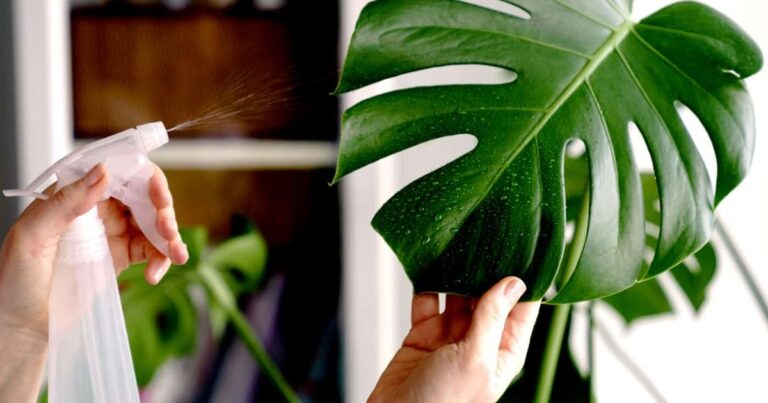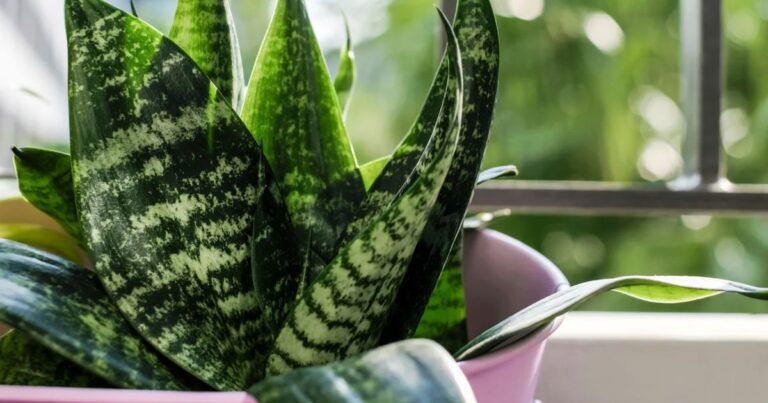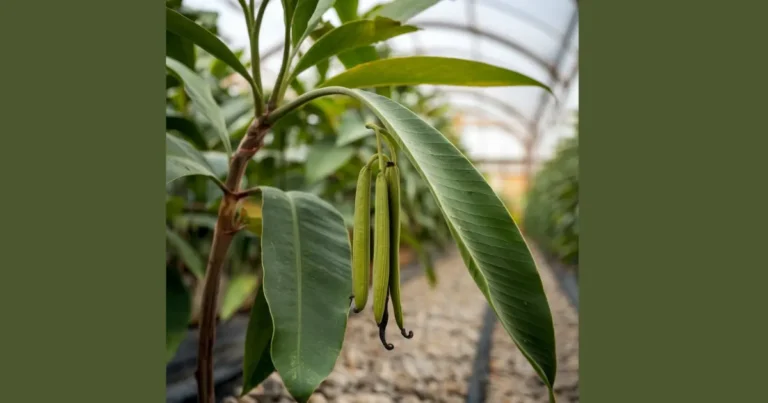Spiky Plant Care, Planting, Growing, Fun Facts And Tips
The Spiky Plant, also known as the Spiny Succulent or Euphorbia trigona, is a unique and low maintenance plant that has gained popularity among plant enthusiasts. With its striking, spiky leaves and ability to thrive in indoor conditions, this plant is perfect for beginners and experienced gardeners alike. Let’s explore the spiky plant Care, Planting, Growing, Fun Facts And Tips.
What is A spiky plant?
A Spiky Plant, scientifically named Euphorbia trigona, is a unique and striking succulent plant known for its distinctive, spiky leaves. Native to Africa, this plant has gained popularity among plant enthusiasts due to its low-maintenance requirements and ability to thrive in indoor conditions.
The Spiky Plant’s leaves are actually modified stems that can store water and nutrients, allowing the plant to survive for extended periods without rain. The leaves are also covered in small, sharp spines that give the plant its characteristic spiky appearance.
Spiky Plant Care And Maintenance
Provide bright, indirect light. Direct sunlight can cause leaf scorch, while low light may lead to weak, stretched growth. Water sparingly, allowing the soil to dry completely between waterings. Overwatering can lead to root rot, while under watering may cause leaf shrinkage. Keep the plant in an area with a consistent temperature between 65°F (18°C) and 75°F (24°C).

Avoid placing the plant near drafts or extreme temperature fluctuations.Spiky Plants prefer average humidity levels, around 40-50%. You can increase humidity around the plant by placing it on a tray filled with water and pebbles. Feed your Spiky Plant with a balanced, water-soluble fertilizer during the growing season (spring and summer).
Planting and Propagation
A mix specifically designed for cacti and succulents will help prevent waterlogged soil. Select a pot with drainage holes to prevent water from accumulating in the soil. When transplanting, ensure the plant is at the same depth as it was in the original pot.
Water the plant lightly after planting, and then wait until the soil is dry to the touch before watering again. Take 2-3 inch (5-7.5 cm) cuttings from the mother plant, allowing them to dry for a few days before planting in well-draining soil.
Growing and Development
Spiky Plants can grow up to 2-3 feet (60-90 cm) tall, but this may take several years. Leaf development: New leaves will emerge from the center of the plant, gradually growing longer and more spiky. Flowering: Spiky Plants rarely produce flowers, but when they do, they’ll bloom with small, yellow or green flowers.
Fun Facts and Tips
- Unique leaves: The Spiky Plant’s leaves are actually modified stems, which can store water and nutrients.
- Nocturnal: Like many succulents, Spiky Plants are nocturnal, meaning they do most of their growing at night.
- Pest-resistant: The plant’s thick, waxy leaves make it resistant to pests like mealybugs and spider mites.
- Air-purifying: Like many plants, Spiky Plants can help purify the air by removing toxins and pollutants.
- Rotate the plant: To maintain the plant’s symmetrical shape, rotate it every 1-2 weeks to ensure even growth.
Common Problems
- Leaf drop: Caused by overwatering, underwatering, or extreme temperatures.
- Root rot: Caused by overwatering or poor drainage.
- Pests: Caused by poor hygiene or introducing infested plants to the area.
Spiky plant Vs Octopus plant
While both Spiky Plants and Octopus Plants are relatively low-maintenance succulents, they have some key differences in terms of care and maintenance. By understanding these differences, you can provide the best possible care for your plants and ensure they thrive.
Whether you prefer the striking, spiky leaves of the Spiky Plant or the unique, tentacle-like leaves of the Octopus Plant, with the right care and attention, both plants can bring joy and beauty to your indoor space.
Conclusion
The Spiky Plant is a unique and captivating succulent that offers a world of fascination and delight. With its striking, spiky leaves and ability to thrive in indoor conditions, this plant is perfect for beginners and experienced gardeners alike.
By following the Spiky Plant care guidelines outlined in this article, you’ll be able to provide your Spiky Plant with the conditions it needs to thrive. Indirect light to infrequent watering, this plant is relatively low-maintenance and easy to care for.







